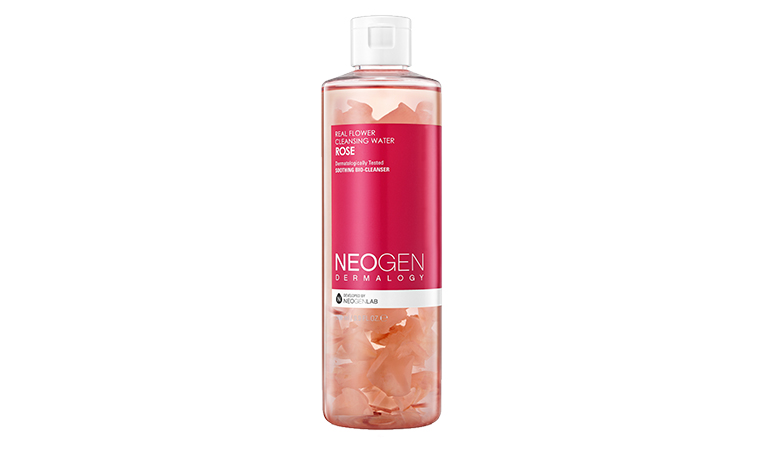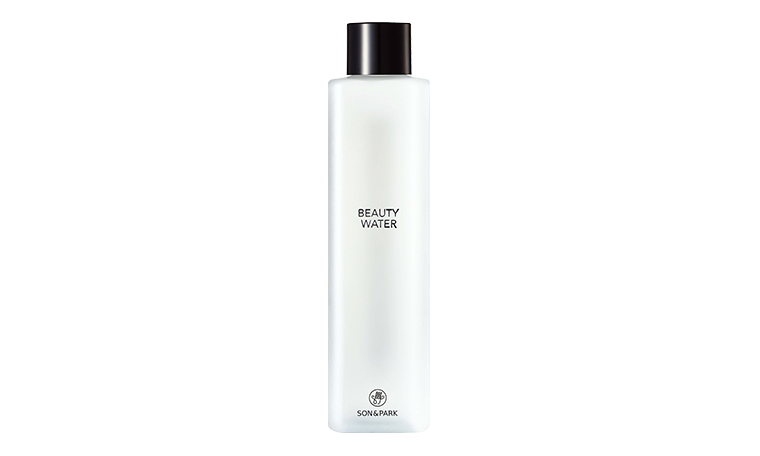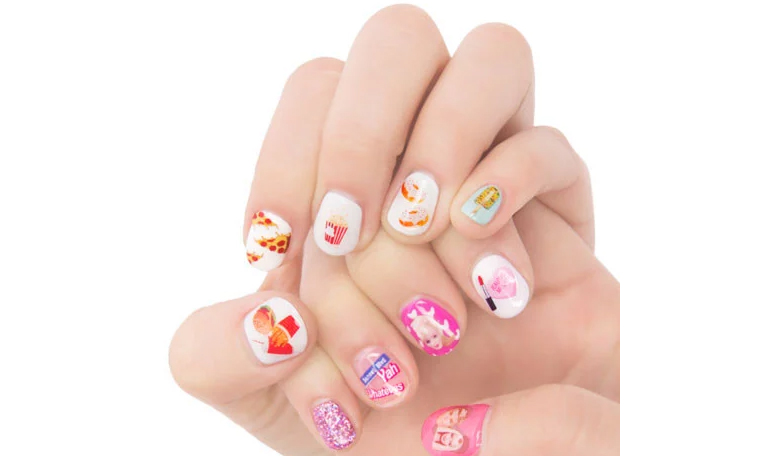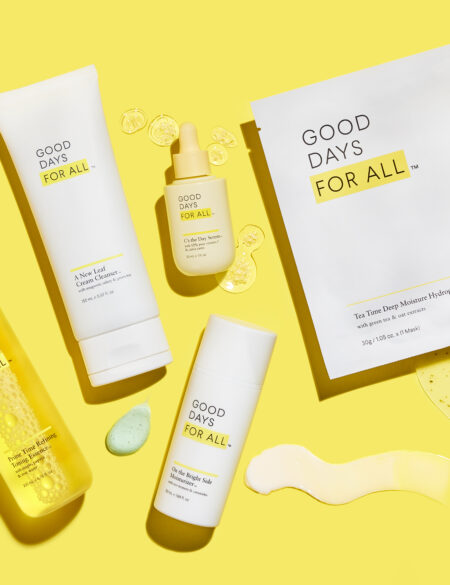Finding the perfect gift is tricky. Finding the perfect gift while staying on budget, well, this is very tricky. That’s why I’ve rounded up this gift guide with a selection of gift ideas that are sure to please—your dear one and your wallet!
From a person who always has to Marie Kondo my apartment to keep it clutter-free, I believe the best gifts are always practical and useful—not doomed to sit around as coffee table clutter, collecting dust. Also, my friends and I, who are all busy adulting, all abide by an unwritten rule that gifts should stay under $30 because we all know that holiday expenses do add up!
Korean beauty products are a great gifting option because you’re always going to need a good cleanser or a moisturizer and there are so many options and accessible price points, coupled with the most adorable packaging! Here’s my top 10 Korean beauty products, $30 and under!

Etude House Collagen Moistfull Emulsion
It’s not just any ol’ moisturizer. This is an emulsion, which means it’s lighter than a cream and perfect for all skin types. Layer this on your skin as the last step in your routine and your skin will be cocooned in baobab extracts and hydrolyzed collagen that will help you beat winter.

Skinfood Honeypot Lip Balm
Heads turn when I bring this cutie out of my purse. Don’t dismiss the quality of the lip balm because of the cute packaging, it’s made with honey extracts, a humectant that truly will keep your lips flake-free and smell sweetly and kissably of honey. Note the itty bitty wooden applicator that makes the little girl inside of me squeal every time.

Neogen Cleansing Water in Rose
Believe when I say this smells faintly of natural roses—it’s heavenly! This is one of those all-in-one, lazy-girl beauty products that lets you swipe away stubborn makeup, cleanse your skin before a workout without water, and hydrate your thirsty face. It’s as effective as it is visually stimulating, thanks to all the pretty petals suspended in the bottle.

Manefit Natural Gift Green Tea Hydrogel Mask
Fact: You can never have enough sheet masks, especially since they are a super travel-friendly treatment for the holidays. This one is infused with whole green tea leaves so that you can get the skin benefitting ingredients straight from the source. If baby soft skin is your jam, than this is the sheet mask set that will get you there.

The Little Book of Skin Care
I wrote this book for that friend that wants to know more about skincare, needs help getting started on a routine, or just loves skincare in general! I had so much fun writing about my personal experiences and K-beauty secrets. Bonus: Seoul travel tips in the last section of the book!

Son and Park Beauty Water
This is the K-beauty product that went viral. All the celebs in Korea use it to cleanse, tone and gently exfoliate the skin, and it’s the perfect canvas before putting on your makeup. I take Beauty Water with me everywhere and anywhere, because it’s such an effective multi-tasker and I’m in love with its natural scent.

Benton Aloe BHA Skin Toner
An all-around crowd-pleaser, no matter what skin type. This no-frills, aloe toner feels so cooling and soothing on your skin and within a few weeks of use you’ll notice your skin is softer and more supple. If you have ever doubted the purpose of toners, you’ll change your mind after using this one. The unisex packaging also makes it a good gift for that guy in your life.

ENature Moringa Cleansing Balm
Here’s a secret: a solid oil cleansing balm is often the gateway to falling in love with K-beauty. I love how the balm feels on my skin as it completely melts away my makeup, pollution, excess oil––seriously, everything! The birch juice keeps my skin hydrated and the moringa is an awesome natural purifier.

#OOTD Nail Stickers
I’ve really been into negative space nails because my nails can grow out and I’ll still look put together. These nail stickers are my favorite because you can place any of the designs on a naked nail with a gel top coat and you’re set for a month. I get so many compliments whenever I use these, I mean, who wouldn’t want to see donuts and pizza slices on your fingertips? Nail art is such a fun way to express yourself, and these make it so easy to do!

Etude House Any Cushion Cream Filter
If you’re into hoarding the latest beauty trends, you’ll definitely need to check out this new cushion technology. Instead of the classic cushion sponge, the upgraded version includes a special net that keeps the foundation moist and helps you wick off just the right amount with your applicator sponge so that none is wasted. The coverage is perfect for daily use because it hydrates your skin in the most perfect way. Read: Dewy glow, without the shininess.















